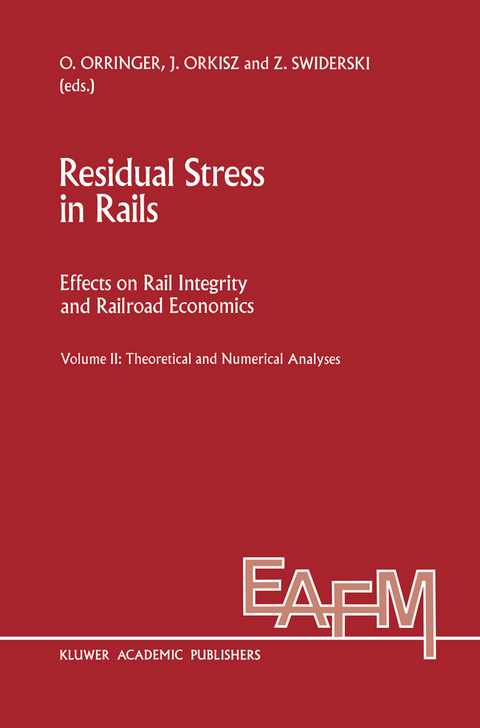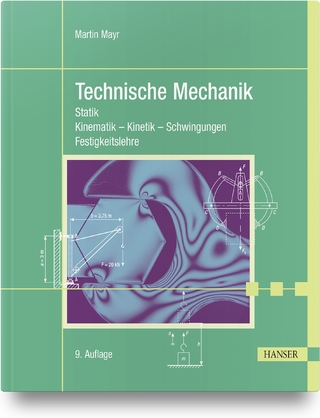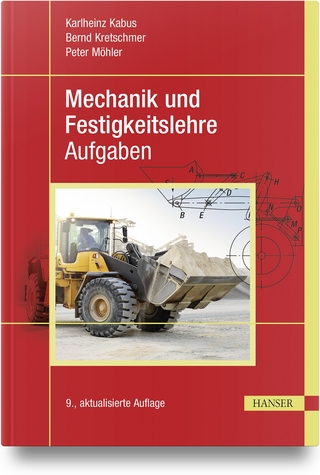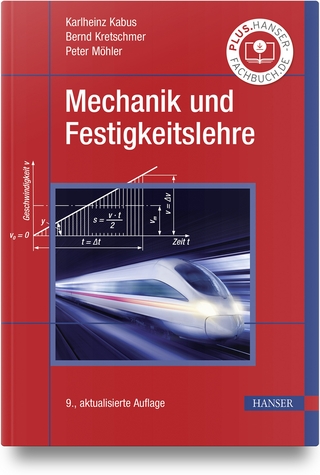
Residual Stress in Rails
Springer (Verlag)
978-0-7923-1651-0 (ISBN)
of Volume II.- 1. Residual stresses and web fracture in roller-straightened rail.- 1.1 Introduction.- 1.2 Determination of residual stresses.- 1.3 Effects of residual stresses on web fracture.- 1.4 A saw-cutting test to quantify severity of residual stresses.- 1.5 Stress transients and short cracks at rail ends.- 1.6 Creation of residual stresses: analyzing the roller-straightener.- 1.7 Conclusions.- Acknowledgements.- References.- 2. Some factors influencing the transition from shelling to detail fracture.- 2.1 Introduction.- 2.2 Crack path stability of statically growing shells.- 2.3 Dynamic crack curving.- 2.4 Calculation of shell growth rates.- 2.5 Conclusions.- Acknowledgement.- References.- 3. Analysis of crack front propagation in contact.- 3.1 Introduction.- 3.2 Existing theories and research objective.- 3.3 Two-dimensional model.- 3.4 Method of solution.- 3.5 Results.- 3.6 Conclusions.- 3.7 Appendix — matrix equations for contact solution.- References.- 4. Effect of load sequence on fatigue life of rail steel.- 4.1 Introduction.- 4.2 Strain energy density criterion.- 4.3 Material characterization.- 4.4 Load spectra.- 4.5 Finite element analysis.- 4.6 Discussion and conclusions.- References.- 5. On residual stresses in corrugated rails and wheel/rail interaction.- 5.1 Introduction.- 5.2 Simple models of wheel/rail interaction.- 5.3 Simulation of rolling contact process.- 5.4 Measurements of residual stresses in corrugated rail.- 5.5 Final remarks.- References.- 6. Prediction of actual residual stresses by constrained minimization of energy.- 6.1 Introduction.- 6.2 Mechanical models.- 6.3 Numerical models.- 6.4 Optimization strategy.- 6.5 Numerical results.- 6.6 Concluding remarks.- References.- 7. Hybrid finite element method for estimation of actual residualstresses.- 7.1 Introduction.- 7.2 Numerical approach.- 7.3 Performance tests.- 7.4 Example analysis of a rail.- 7.5 Discussion and conclusions.- References.- 8. Application of the constrained minimization method to the prediction of residual stresses in actual rail sections.- 8.1 Introduction.- 8.2 Background.- 8.3 Analysis method.- 8.4 Results.- 8.5 Discussion and conclusions.- References.- 9. Estimation of actual residual stresses by the boundary element method.- 9.1 Introduction.- 9.2 Estimation of residual stresses by the BEM.- 9.3 Results of numerical examples.- 9.4 Conclusions.- References.- 10. A new feasible directions method in nonlinear optimization.- 10.1 Introduction.- 10.2 New algorithm.- 10.3 Tests and comparisons.- 10.4 Concluding remarks.- References.- 11. Enhancement of experimental results by constrained minimization.- 11.1 Introduction.- 11.2 General formulation of the problem.- 11.3 Tests of enhancement concept.- 11.4 Conclusion.- References.- 12. On future development of the constrained energy minimization method.- 12.1 Introduction.- 12.2 Continuation of current work.- 12.3 New topics.- References.
| Reihe/Serie | Engineering Applications of Fracture Mechanics ; 12-13 |
|---|---|
| Zusatzinfo | XL, 447 p. In 2 volumes, not available separately. |
| Verlagsort | Dordrecht |
| Sprache | englisch |
| Maße | 155 x 235 mm |
| Themenwelt | Naturwissenschaften ► Physik / Astronomie ► Mechanik |
| Technik ► Bauwesen | |
| Technik ► Maschinenbau | |
| ISBN-10 | 0-7923-1651-7 / 0792316517 |
| ISBN-13 | 978-0-7923-1651-0 / 9780792316510 |
| Zustand | Neuware |
| Informationen gemäß Produktsicherheitsverordnung (GPSR) | |
| Haben Sie eine Frage zum Produkt? |
aus dem Bereich


